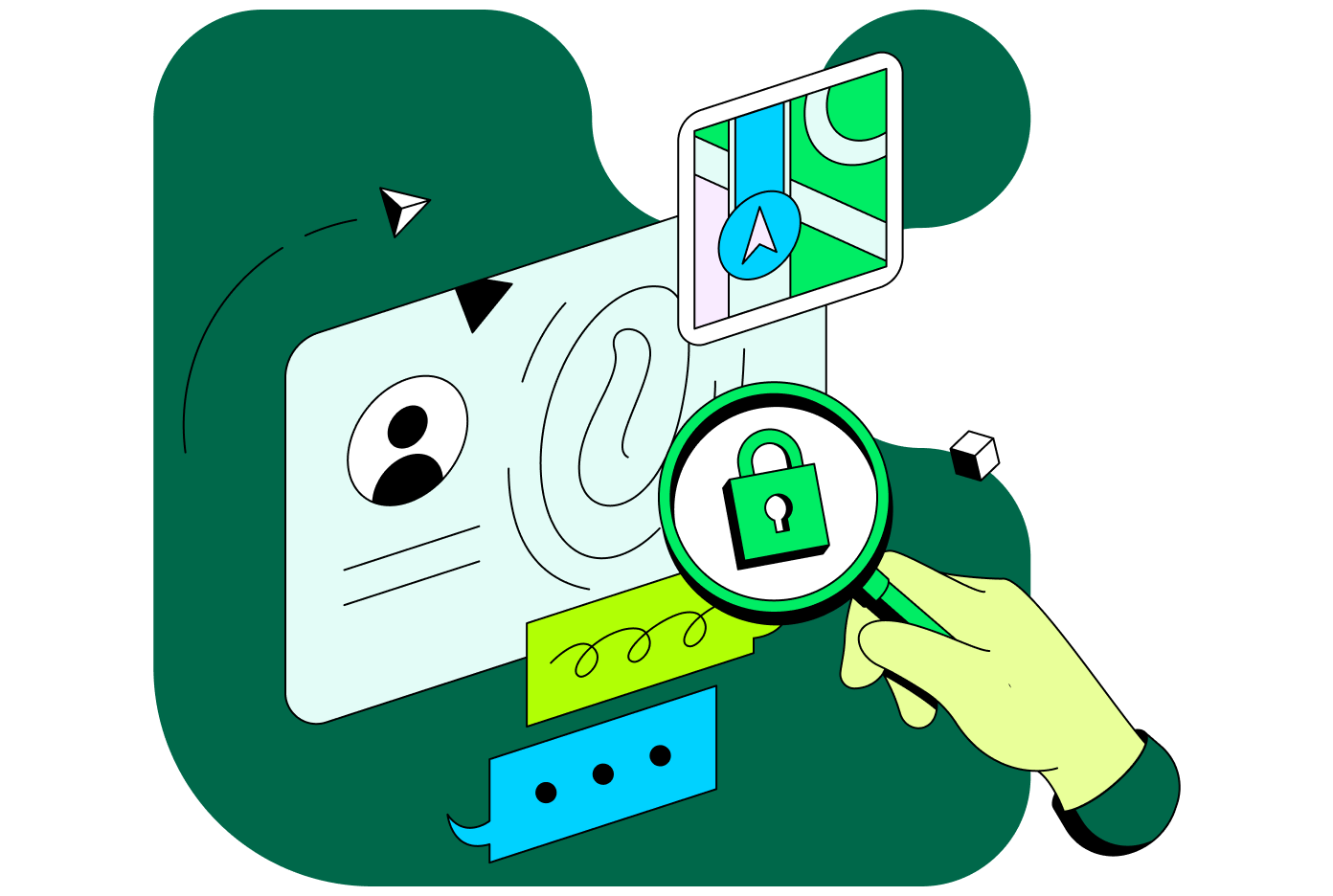Strengthen Data Security with MongoDB Queryable Encryption
MongoDB Queryable Encryption is a groundbreaking, industry-first innovation developed by the MongoDB Cryptography Research Group that allows customers to encrypt sensitive application data, store it securely in an encrypted state in the MongoDB database, and perform equality and range queries directly on the encrypted data—with no cryptography expertise required. Adding range query support to Queryable Encryption significantly enhances data retrieval capabilities by enabling more flexible and powerful searches. Queryable Encryption is available in MongoDB Atlas, Enterprise Advanced, and Community Edition.

Encryption: Protecting data through every stage of its lifecycle
Encryption is a critical security method for ensuring protection of sensitive data and compliance with regulations like GDPR, CCPA, and HIPAA. It involves rendering data unreadable to anyone without the decryption key. It can protect data in three ways: in-transit (over networks), at-rest (when stored), and in-use (during processing). While encryption in-transit and at-rest are standard for all databases and are well-supported by MongoDB, encryption in-use presents a unique challenge.
Encryption in-use is difficult because encrypted data is unreadable—it looks like random characters and symbols. Traditionally, the database can’t run queries on encrypted data without decrypting it first to make it readable. However, if the database doesn’t have a decryption key, it has to send encrypted data back to the application or system (i.e., the client) that has the key so it can be decrypted before querying. This is a pattern that doesn’t scale well for real-world applications.
This puts organizations in a difficult spot: in-use encryption is important for data privacy and regulatory compliance, but it's hard to implement. In the past, companies have either chosen not to encrypt sensitive data in-use or have employed less secure workarounds that complicate their operations.
MongoDB Queryable Encryption: Safeguarding data in use without sacrificing efficiency
MongoDB Queryable Encryption solves this problem. It allows organizations to encrypt their sensitive data, like personally identifiable information (PII) or protected health information (PHI), and to run equality and range queries directly on that data without having to decrypt it.
Queryable Encryption was developed by the MongoDB Cryptography Research Group, drawing on their pioneering expertise in cryptography and encrypted search, and Queryable Encryption has been peer-reviewed by leading cryptography experts worldwide. Unmatched in the industry, MongoDB is the only data platform that allows customers to run expressive queries directly on non-deterministically encrypted data. This represents a groundbreaking advantage for customers, allowing them to maintain robust protection for their sensitive data without sacrificing operational efficiency or developer productivity by still enabling expressive queries to be performed on it.
Organizations of all sizes, across all industries, can benefit from the impactful outcomes enabled by Queryable Encryption, such as:
- Stronger data protection: Data stays encrypted at every stage—whether in-transit, at-rest, or in-use—reducing the risk of sensitive data exposure or breaches.
- Enhanced regulatory compliance: Provides customers with the necessary tools to comply with data protection regulations like GDPR, CCPA, and HIPAA by ensuring robust encryption at every stage.
- Streamlined operations: Simplifies the encryption process without needing costly custom solutions, specialized cryptography teams, or complex third-party tools.
- Solidified separation of duties: Supports stricter access controls, where MongoDB and even a customer's database administrators (DBAs) don’t have access to sensitive data.
Use cases for Queryable Encryption
MongoDB Queryable Encryption has many use cases for organizations that host sensitive data, regardless of their size or industry. The recent addition of range query support to Queryable Encryption broadens those use cases even wider. Here are some examples to help illustrate how Queryable Encryption could be used to protect and query sensitive data:
- Financial Services
- Credit Scoring: Assess creditworthiness by querying encrypted data such as credit scores and income levels. For example, segment your customers based on credit scores between 600 and 750.
- Fraud Detection: Detect anomalies by querying encrypted transaction amounts for values that exceed typical spending patterns, such as transactions above $10,000.
- Insurance
- Risk Assessment: Personalize policy offerings by querying encrypted client data for risk levels within specified ranges, enhancing customer service without exposing sensitive information.
- Claims Processing: Automate claims processing by querying encrypted claims data for amounts within specific ranges or for claims within time periods, streamlining operations while safeguarding information.
- Healthcare
- Medical Research: Execute range-based searches on encrypted medical records, such as querying encrypted datasets for patients within specific age ranges or for abnormal lab results for medical research.
- Billing and Insurance Processing: Perform secure range queries on encrypted billing data to process insurance claims and payments while protecting patient financial details.
- Education
- Grading Systems: Process encrypted student scores to award grades within specific ranges, ensuring compliance with FERPA while protecting student privacy and maintaining data security.
- Financial Aid Distribution: Analyze encrypted income data within certain ranges to determine eligibility for scholarships and financial aid.
Comprehensive data protection at every stage
With Queryable Encryption, MongoDB offers unmatched protection for sensitive data throughout its entire lifecycle—whether in-transit, at-rest, or in-use. Now, with the addition of range query support, Queryable Encryption meets even more of the demands of modern applications, unlocking new use cases. To get started, explore the Queryable Encryption documentation.